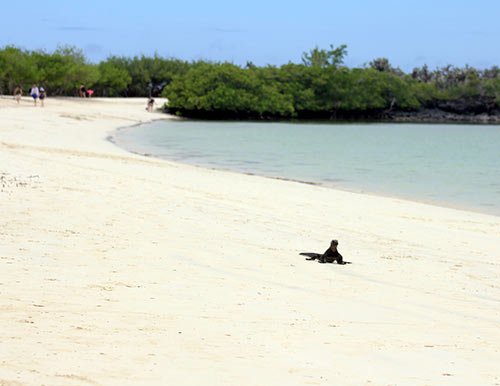The Southeast Galapagos cruise schedule involves stops at 9 different islands and a diverse range of experiences, such as engaging in hikes, snorkeling, and touring the Charles Darwin Station. This presents opportunities to observe a variety of animals like sea lions, marine iguanas, blue-footed boobies, frigatebirds, and Galapagos penguins. Moreover, the itinerary is crafted to provide insights into the ongoing conservation endeavors dedicated to safeguarding the Galapagos Islands.
Tag für Tag
Karte

Preview

Preview

Preview
Kreuzfahrt beinhaltet
Airport assistance
Transfers in Galapagos
Accommodation in double cabin
All meals during the cruise
Naturalist Bilingual Guide
All visits and excursions according to the itinerary
Snorkel Gear (mask, tube and fins)
Kayaks, paddle boards
Unlimited purified water, coffee and tea
Wetsuits, soft drinks, beach towels
Kreuzfahrt nicht enthalten
Local flight to/from Galapagos
Galapagos National Park Entrance fee
Galapagos Transit card
Alcoholic drinks
Tips
Local Taxes
Travel Insurance
Service do not specified
Highlights
Galapagos sea lions, marine Iguanas, magnificent & great frigatebirds, blue-footed Boobies, and San Cristobal Lava Lizards.
Coral sand beach, Galapagos hawks, Española mockingbirds, Darwin finches, marine iguanas.
Sea turtles, finches, shorebirds and penguins.

Preview
Von USD 3200,00 Pro Person
Search Available Dates